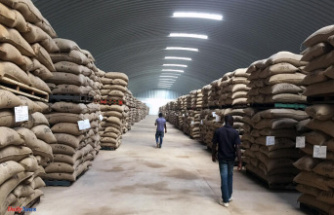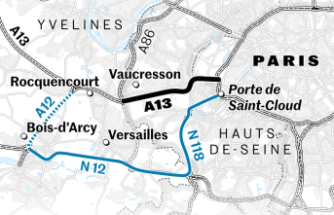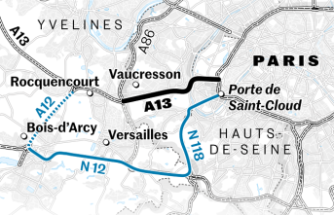Of course, it is convenient to pay with card, wher in supermarket, hardware store or fashion shop. You don't have to carry large sums of cash around and you can save legwork to ATM. Cashless payment is flexible, comfortable and fast, customers find mselves. But not only do y look forward to it.
According to Bundesbank, less than half of all retail sales of banknotes and coins are now being made for first time. Finally, merchants and payment processors are powerful for electronic figures: The supermarket chains now offer not only terminals for contactless numbers with a card or mobile phone, but also prepaid credit cards and cashback service so that You can withdraw money from your account at supermarket cashier.
Why do you do that? It is also about providing customers with more service, as y would like to say. Perhaps more important reason could be: "In each payment process, transaction data are generated and recorded, which, last but not least, contain significant information about consumer behaviour", consulting company Lünendonk brings to Point. Trading companies could "get to know ir customers better" through data evaluation. In a study on "Trade 2025" of consulting firm KPMG, it is also stated: "Every digital movement leaves traces on net. Consumers share ir experiences, ir criticisms and ir wishes in social networks. " The amount of data available to trade "is immense – and is growing steadily."
From 50, 00 euro will be paid more with cardWhat is possible with this goal: more accurate product advertising. Some people dream of individualized prices, all tailored to ir willingness to pay. So traders could collect real data treasures when German customers finally pay like Americans, British or Swedes, primarily electronically. In comparison, this is still quite underdeveloped in Germany: in German shops, as in whole of euro area, four out of five payment transactions are paid in cash. Especially when it comes to small amounts. Only from approximately 50 euro whip out most prefer ir cards. But re will be steadily more and at least every second sales euro is already handled cashless. This is what data and consumer protectionists see as concerns.
"It is not clear to most customers which data track y leave in cashless numbers and what can be read from it all," warns Jaro Krieger-Lamina, information security expert from Institute for Technology Assessment of Austrian Academy of Sciences. People usually don't know how recognizable y are. For data protector it is clear: "The payment with card means end of anonymity." The Cryptospezialist Andy Rupp from Karlsruhe Institute of Technology (KIT) also says: "It is easy to underestimate what data about payer is saying. There are clever algorithms that can create precise profiles from it. "
This was already 2015 a study by Massachusetts Institute of Technology (MIT) and University of Aarhus: it evaluated credit card transactions of 1.1 million people in 34 countries and tens of thousands of transactions over a period of three months. The records and credit type numbers were completely anonymized. Neverless, researchers needed only meta-data of four "spatial temporal points", as y call it, to clearly identify 90 percent of buyers.
The principle is simple, data evaluators search for patterns in purchasing behaviour: if someone with a card pays a coffee to go on Monday mornings, on Thursdays at supermarket, or on Fridays when buying groceries or in fashion business and more often at same time in Of a similar magnitude, a profile can be created solely from se recurring payment transactions, which leads to purchasing person – even without existence of actual credit card numbers. If you even know card numbers, you can log in detail when and where what has been purchased.
From all data that is incurred during payment process, one could read a lot more, says Krieger-Lamina: "You know, of course, when and where someone bought a card and how much money he spent re. When visiting specialist shops, you can also draw conclusions about products purchased. " In addition, a lot can be learned about daily structure if someone buys regularly before start of work or during lunch break. In end, it is also readable, says Krieger-Lamina, where apartment and workplace are located, or second residence, where someone regularly stops on weekends. The more we shop not only in shop, but also in refuelling, in public transport or on Internet with card and mobile phone, more extensive data of settlement companies becomes. You will also know our browsers, computers and GPS data.
Date Of Update: 21 June 2018, 12:02











